Planters ready to roll
Author
Published
4/14/2025
Iowa farmers prepare for an early start with favorable forecast this week.
Jacob Taylor hopes to have all his corn and soybean acres planted before the calendar flips to May — an annual goal that looks likely this year.
“We’re right there — just about ready to go,” said Taylor last week. “If we can get the corn in early and the beans right after it, that’s a win.”
Taylor farms alongside his father, David, and brother, Tucker, near Oskaloosa in Mahaska County. He said soil temperatures remain cool, but with highs topping 75 degrees early this week, he expects soil temps to climb past the critical 50-degree mark.
The planter is prepped, the forecast looks favorable, and field conditions are better than in other parts of Iowa. Taylor is optimistic.
“We’re not dry, but we’re not dripping wet either,” he said. “We’ve got tile running. There’s moisture down four feet. It’s looking good.”
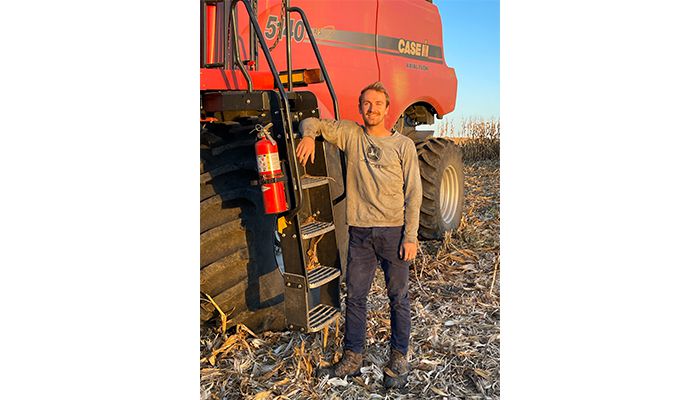
Pictured above: Jacob Taylor, who farms near Oskaloosa in Mahaska County, said he hopes to have everything planted by May 1, weather permitting. PHOTO CONTRIBUTED
In southeast Iowa, Chris Brown farms a small acreage with his wife and three children. They also raise “a handful” of cattle and sheep for their kids to show at the county fair each year. Brown maintains a 50/50 corn and soybean rotation and has already been in the field, applying anhydrous to his strip-tilled corn acres in mid-March. He hopes to begin planting soybeans this week.
“Things are looking good here; the weather has been cooperating,” he said.
Soil temperatures were in the high 40s late last week, but he expects them to warm above 50 degrees soon. If paired with timely rainfall, Brown believes his early-planted soybeans could be off to a strong start.
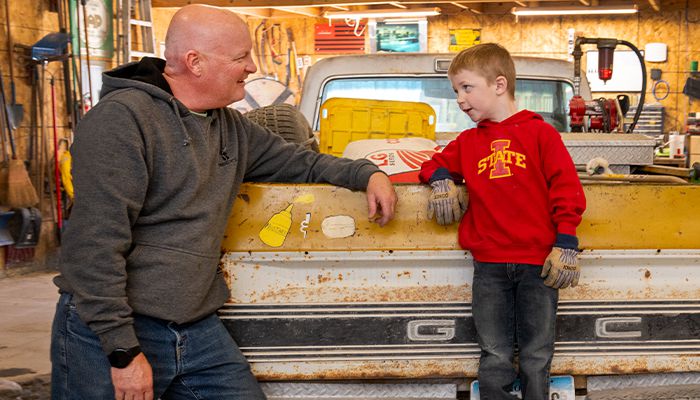
Pictured above: Chris Brown and his son, Ritter, take a break from working on equipment to talk about the upcoming planting season. PHOTO / CONRAD SCHMIDT
Conditions across the state
In northeast Iowa, fieldwork is expected to begin later this week at the earliest. Anhydrous ammonia applications are under way, and some prep work has started in scattered fields.
“Soils are staying cool, hovering in the low to mid 40s and relatively dry,” said Joshua Michel, Iowa State University (ISU) field agronomist for northeast Iowa. “I expect it will take some time for soil temperatures to slowly warm up and consistently stay above 50 degrees. Any precipitation we receive during that time will also have a small impact.
“Most of northeast Iowa has generally received anywhere from 1.5 to 2.5 inches of rainfall over the past 30 days. While the rainfall is greatly needed, it’s actually 0.5 to 1 inch short of our normal precipitation.”
In north central Iowa, soil temperatures are still around 41 degrees and conditions remain wet, said Angela Rieck-Hinz, ISU field agronomist in Clarion. Farmers there are holding off until the weather improves.
“Take this time to go through your planter to replace worn parts,” she advised. When getting started, “Get out of the tractor and check planting depth and seed singulation across all rows on the planter several times and for each field as conditions change.”
Gentry Sorenson, ISU field agronomist in Algona, expects the last week of April to be prime time for planting — weather permitting. Soil conditions in the north and northwest remain cool and slightly wet following snowfall just over a week ago.
“NH3 applications have been going on… dry fertilizer application as well as pre-applications of herbicide are also being applied. Tillage has started in some areas that missed recent snowfall and precipitation,” he said.
In western Iowa, farmers are still dealing with the effects of 10-inch rains two years ago that hardened the soil and stripped away organic matter. Jeena Hall, who farms with her husband, Wyatt, in the Loess Hills near Mondamin, said recent rainfall has helped ease a subsequent lingering drought, but recovery continues.
“A lot of the no-till ground hasn’t recovered,” Hall explained.
Soil temperatures were nearing 50 degrees late last week, and area farmers were preparing to plant. “I think we might try to put a little bit of corn in the ground this weekend when it’s supposed to be about 80 degrees,” Hall said April 10.
In Grundy County, Farm Bureau member Matt Simms was watching the skies last week, hoping for rainfall to recharge subsoil moisture. Simms, who farms with his brother, said custom tiling work this spring revealed drier-than-expected conditions below the surface.
“It depends on where we’re at, obviously, but it’s not any too wet. We do have some subsoil moisture but we could definitely use a drink,” he said.
Simms said most fertilizer applications are complete, and with temperatures expected to climb above 70 degrees, planting should begin in earnest this week.
Sense of optimism
Despite challenges like high input costs, lower commodity prices, and tariff uncertainties, Iowa farmers remain generally optimistic about the season ahead.
Taylor said he is cautiously hopeful about corn, citing strong demand from ethanol, livestock feed and biofuels. “I don’t really see corn (prices) falling out of bed … demand is strong,” he said.
Soybeans, however, are a different story. With high input costs and current market prices, profitability could be tough without high yields, Taylor added.
Hall said western Iowa farmers will be keeping a close eye on the weather.
“We’re pretty pessimistic about the weather,” she said. “A lot of drought years with those really hard rains” have been tough.
Josh Miller, who grows row crops with his wife, Tara, in Taylor County near Prescott, is hopeful for a successful planting and growing season.
“If we could get an inch and a half of rain all day Monday, every Monday through the growing season, what could a person really raise,” he quipped.
Taylor agreed, noting the importance of timing. With the planter nearly ready to roll, he’s focused on hitting that early window.
“The sooner, the better is what the data says,” he noted. “And if we can get it all in before May, that’s the goal.”
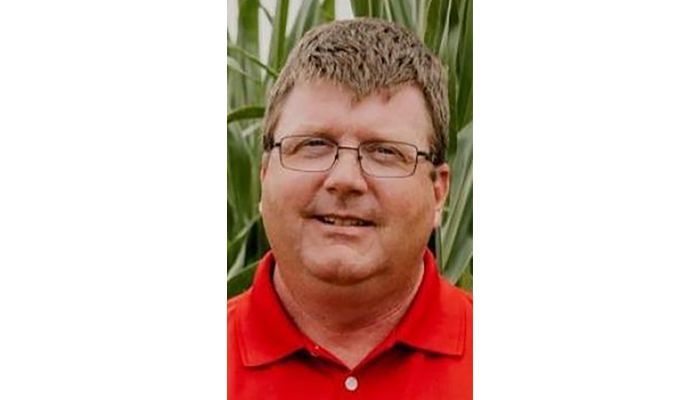
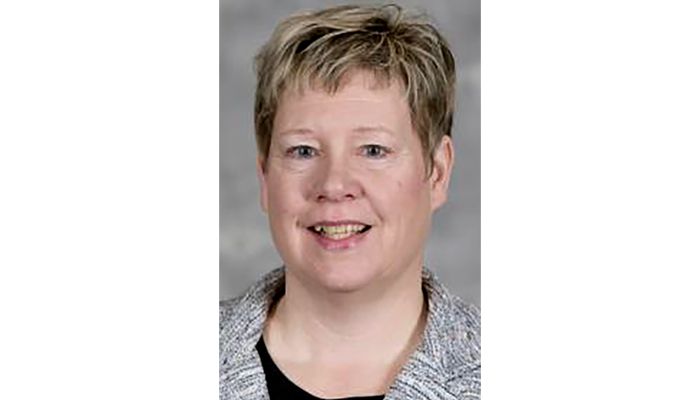
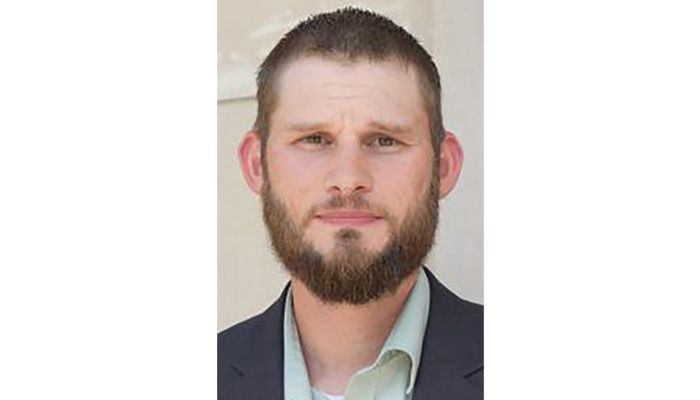
Pictured above: Sorensen, Rieck-Hinz, Michel.
Want more news on this topic? Farm Bureau members may subscribe for a free email news service, featuring the farm and rural topics that interest them most!